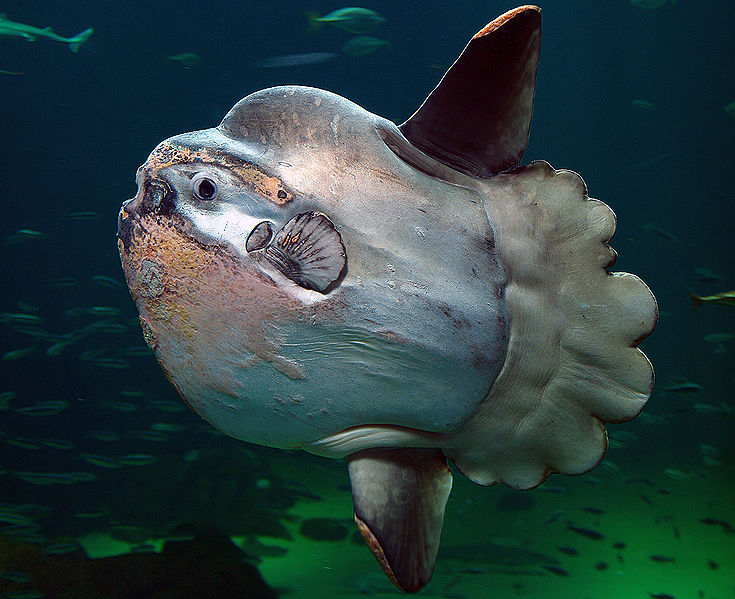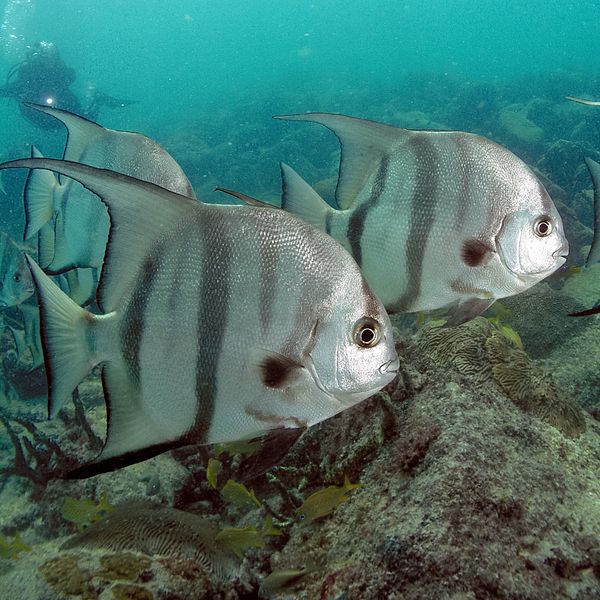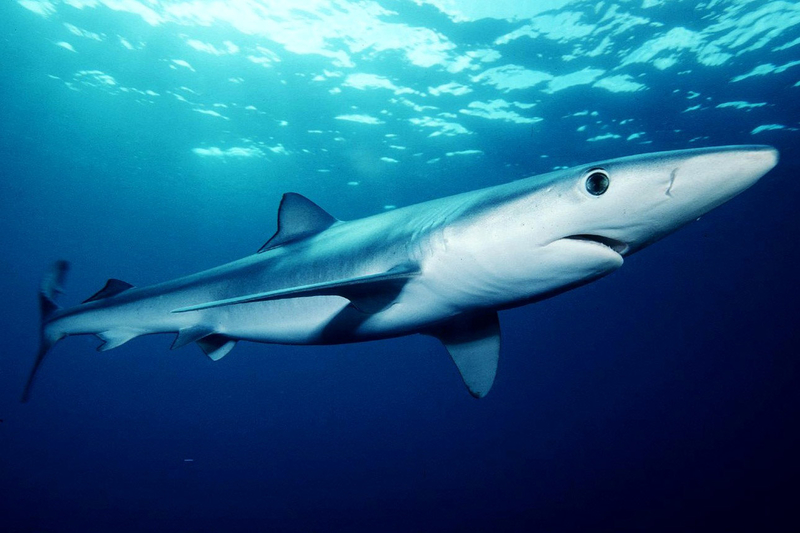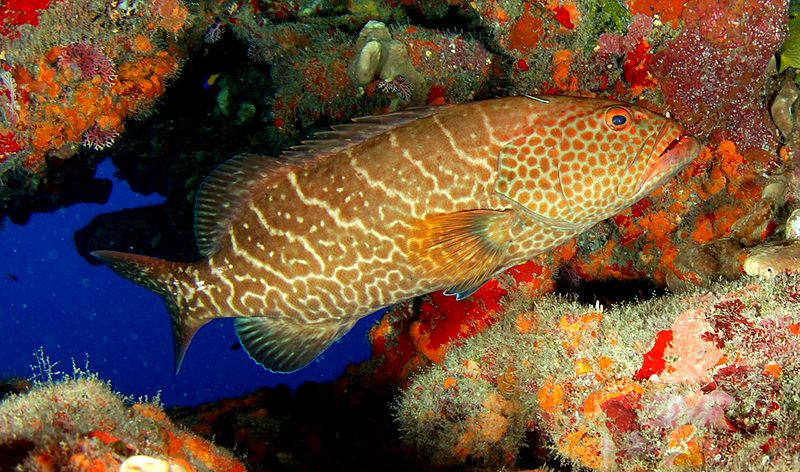General news
Most Unique Fish to See While Scuba Diving Off Long Island
When people think of snorkeling or scuba diving, they typically picture warm, clear waters which beautiful conditions, filled with an array of colorful fish.
Many people don’t think of the water surrounding Long Island as a perfect dream diving spot, but these waters are still home to some fascinating marine life.
“Despite the water being colder and murkier than more idyllic diving spots such as the Bahamas, there is still plenty of vibrant life to be seen,” according to Fishkeeping World.
Long Island is also home to some of the most famous shipwrecks in the world, and is a major destination for scuba divers.
Here are some of the best spots to explore, and some of the most unique fish that are likely to be seen when scuba diving off the coast of Long Island.
OCEAN SUNFISH

This particular fish is possibly one of the world’s weirdest and most strange looking fish. It looks almost prehistoric.
These fish are well known for sunbathing. They like to spend up to half of their time close to the surface of the water, warming their bodies up in the sun after deep-water dives to hunt for food.
This is the world’s largest bony fish, and some and weight even more than a car. They typically grow up to 10 feet long and weigh on average 2200 pounds.
These fish break another record, too. They lay more eggs than any other vertebrate — they can lay up to 300,000,000 eggs at one time.
SPADEFISH

The Atlantic Spadefish is also known as the white angelfish, three-tailed porgy, and the moonfish.
They have a disc-shaped body with a blunt snout. They’re very commonly found in shallow marine waters and especially around shipwrecks, harbors, and beaches.
They can grow up to 35 inches long, and they often school in groups of up to 500, which can be quite the sight!
They are silvery in color with four to six vertical black bands on each side of their body. These typically fade and become more difficult to see in older fish.
These fish spawn from May to September, releasing up to one million eggs per spawning season.
BLUE SHARK

Preferring cold waters, it’s no surprise that this fish is a popular site in the water surrounding Long Island.
This species is actually listed as near threatened by the International Union for Conservation of Nature (IUCN). Their bodies are a deep blue on the top and lighted on the side, with a white underside.
They were originally named Prionace glauca, derived from the Greek words ‘prion’and ‘akis’ meaning saw and point. They have beautifully slender bodies but are very evolved swimmers.
These fish typically grow up to 12 feet in length, and each time they give birth, they have between 25 and 100 pups.
Scuba diving with sharks can be very exhilarating, but there are a number of safety precautions that must be taken into account.
Never follow them, always swim peacefully and stay calm, and keep away from the surface as this is where they do most of their hunting.
GROUPERS

The Tiger grouper is one of the most beautifully patterned fish of the grouper family. This population of these fish is currently decreasing, so they are quite rare to come across.
Another reason these fish can be so hard to spot, is that the change color and camouflage themselves if they feel threatened. They also produce some loud sounds, which might even be able to be heard by snorkelers.
This deep-bodied fish has a reddish brown coloring with markings that give it a tiger-like patterning. They grow up to 4 foot long and can live for around 30 years.
Black groupers and Nassau groupers are also common sights in the waters around Long Island. Groupers can be found in rocky areas near the back of the reef where there are plenty of caves and crevices to take shelter in.






